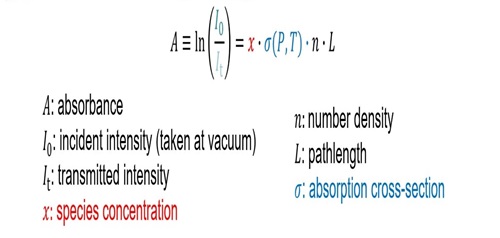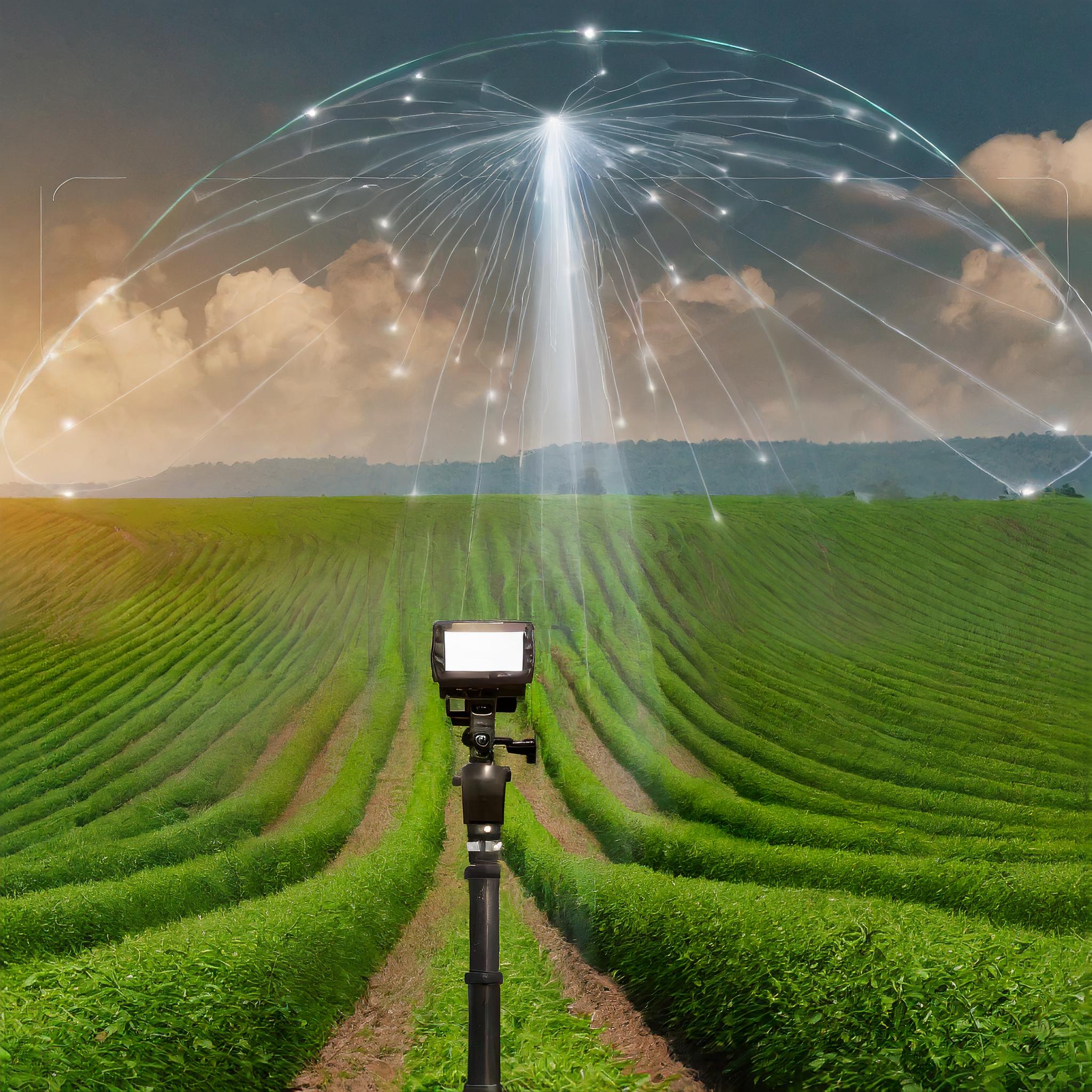

.png?sfvrsn=1b6bae1a_0) (FASTER)
(FASTER)
At FASTER, we rely on the power of Laser Absorption Spectroscopy (LAS) to give us real-time insights into how gases absorb laser light. This technique is helping us detect the gases concentration, temperature, and flow with incredible precision.


These sensors have wide applications, from optimizing engines to monitoring industrial emissions.

Industrial Process

Indoor Air Quality

Food & Agriculture

Transport Emissions

Health Monitoring

Combustion systems
Our group develops new laser sources like DFG and DFC wavelengths, enhances gas cell designs, and advances software solutions for better data accuracy. Together, these innovations make LAS a powerful tool for driving precision and progress in various industries.
Our research group advances laser sensing by developing novel mid-IR sensors, enabling highly sensitive, interference-free detection through molecular fingerprinting.
Commercial continuous-wave QCLs can't yet reach beyond 13 μm, but the 12-15 μm range holds strong vibrational bands, including key bending modes of aromatics.
We developed a fast dual-comb spectrometer in the 7.5–12 µm MIR region for simultaneous multi-gas detection with high temporal resolution, ideal for combustion studies and environmental monitoring.
We use AI and deep learning with laser absorption spectroscopy to enable simultaneous multi-species detection using a single laser, enhancing robustness, accuracy, and reducing complexity for real-time applications.
We developed a laser-based sensor utilizing a DFB interband cascade laser (DFB-ICL) and convolutional neural networks (CNNs) for the selective and simultaneous detection of C1-C5 alkanes (methane, ethane, propane, n-butane, and n-pentane) in natural gas samples.
This project developed a calibration-free laser sensor using NIR absorption spectroscopy for real-time, high-precision measurement of water content in oil-water mixtures (0%–100%), ideal for the oil and gas industry.
This project developed a selective laser-based sensor using DFB-ICL and DNNs for real-time BTEX detection, ideal for air quality monitoring in petrochemical industries.
Our project develops a laser-based system combining open-path optical communication and H2S gas sensing with an 8 µm QCL, enabling real-time, long-distance monitoring in industrial settings.